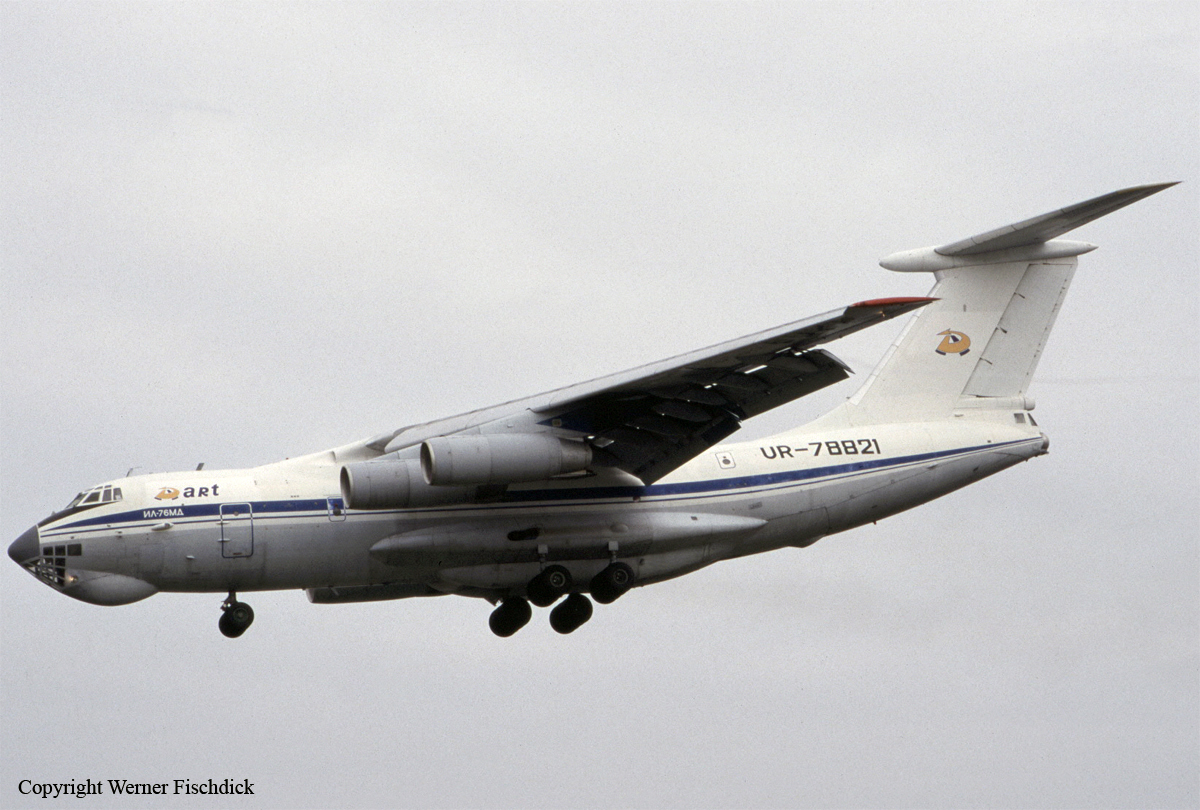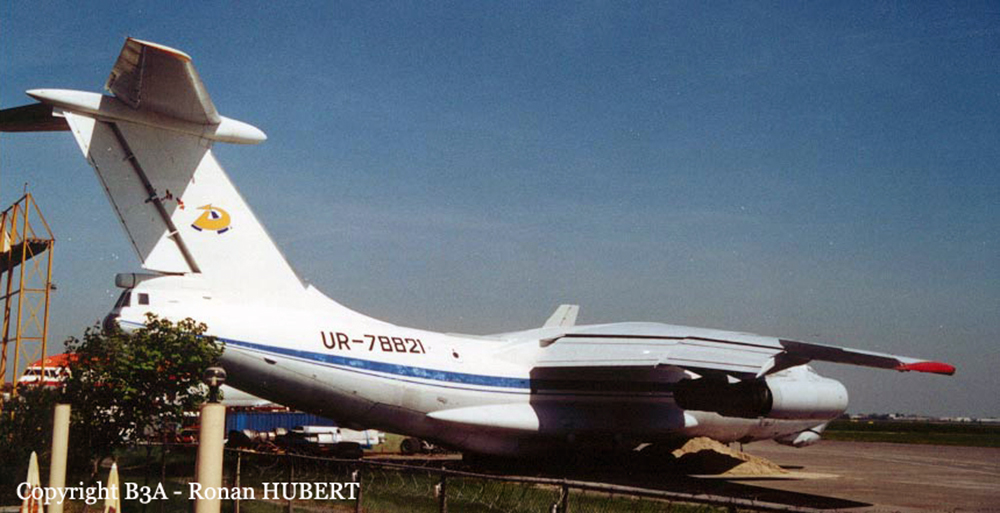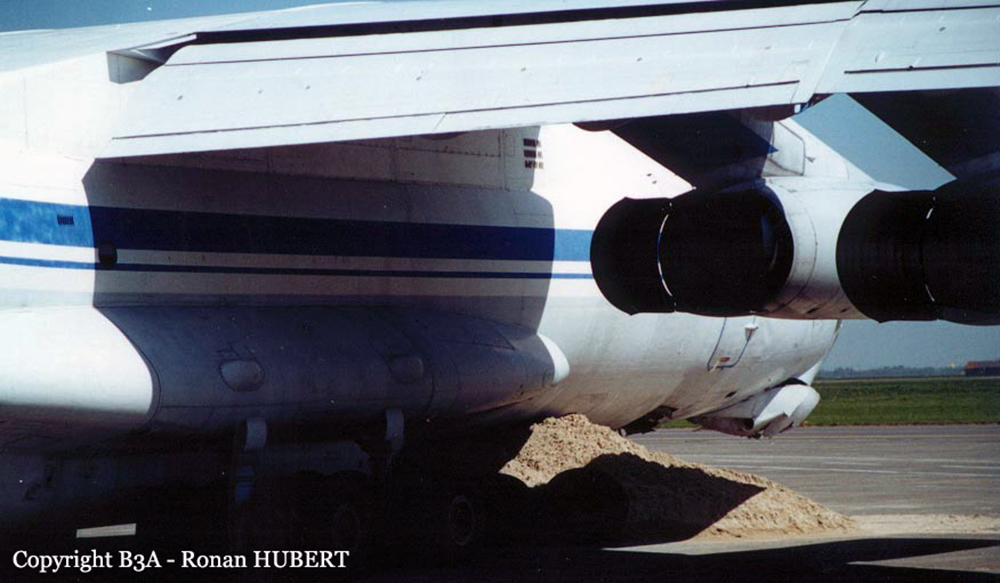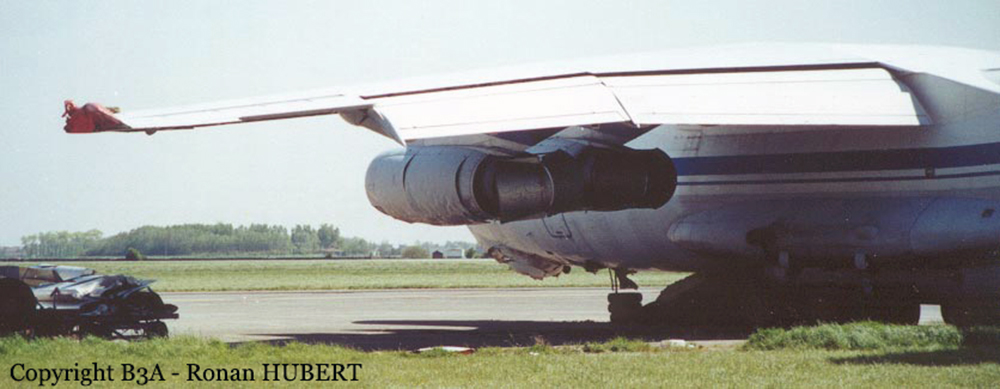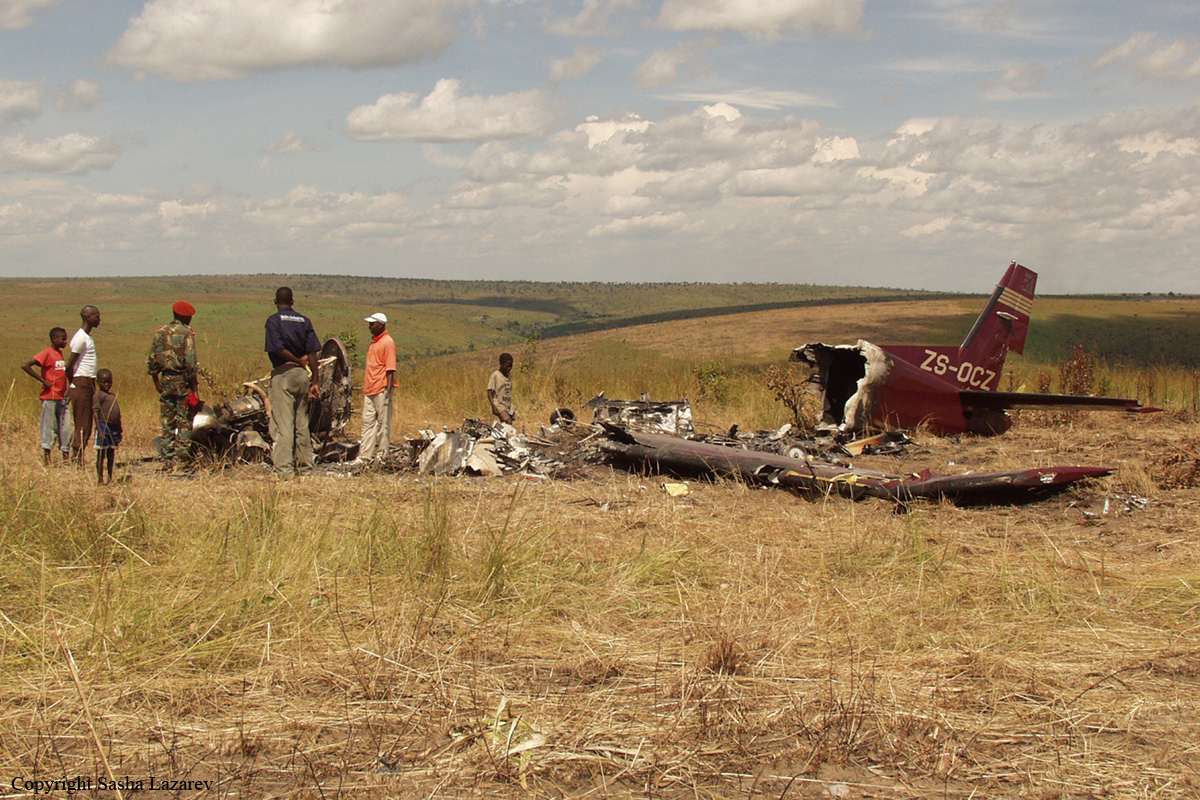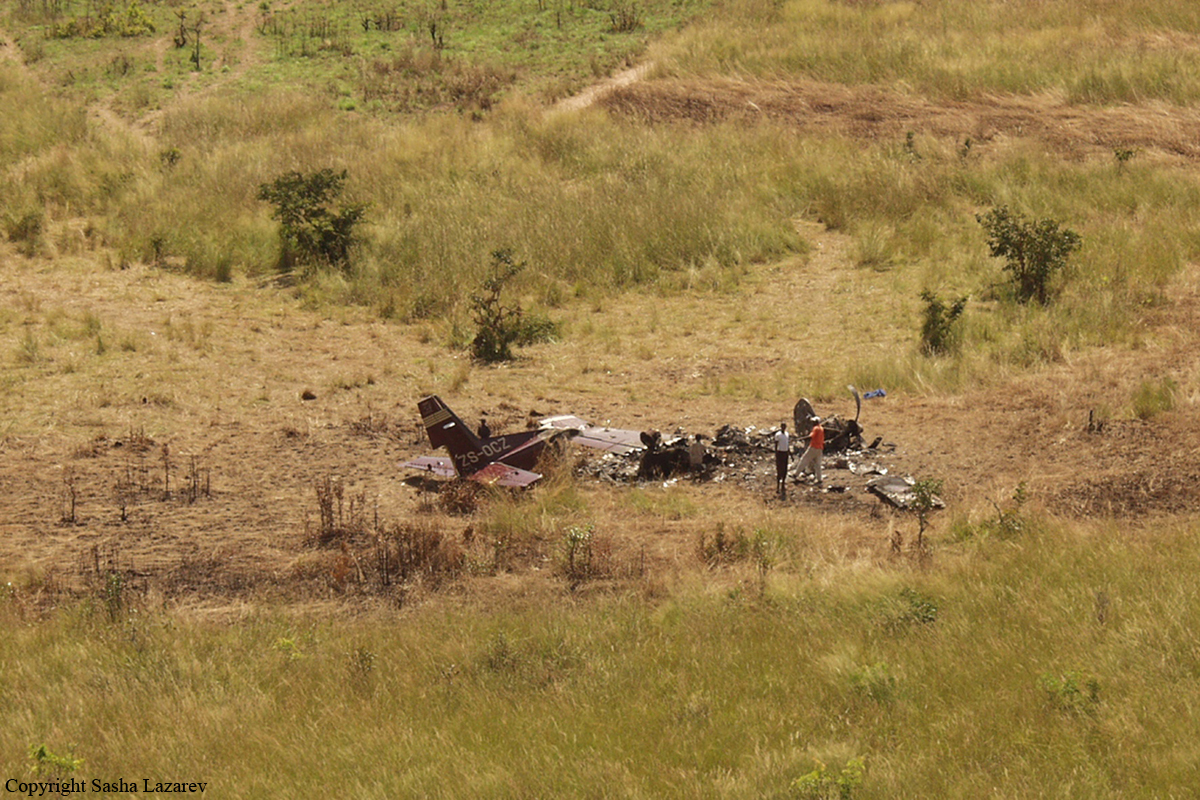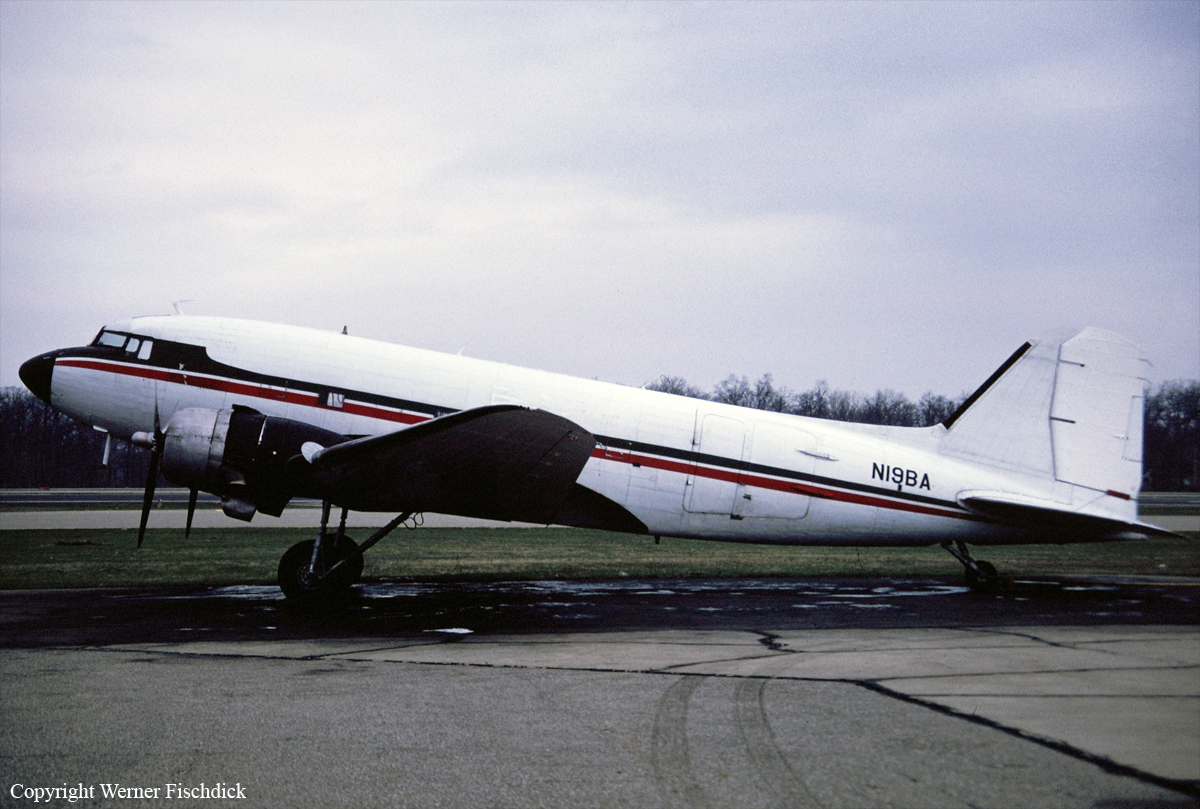Crash of an Ilyushin II-76MD in Ostend
Date & Time:
Apr 18, 2001
Registration:
UR-78821
Survivors:
Yes
Schedule:
Ostend - Algiers - Conakry
MSN:
00934 96914
YOM:
1989
Crew on board:
8
Crew fatalities:
Pax on board:
0
Pax fatalities:
Other fatalities:
Total fatalities:
0
Circumstances:
The four engine aircraft was engaged in a cargo flight from Ostend to Conakry with an intermediate stop in Algiers, carrying eight crew members and a load consisting of 32 tons of paint and medical supplies for the Guinean market. During the takeoff roll on runway 26 at Ostend Airport, an engine fire warning light came on in the cockpit panel. The captain decided to abandon the takeoff procedure and initiated an emergency braking maneuver. Unable to stop within the remaining distance, the aircraft overran for about 40 metres then lost its nose gear and came to rest on its left wing, damaging both left engine nacelles and the wingtip as well as the fuselage that was bent upward the cockpit area. All eight crew members escaped uninjured while the aircraft was damaged beyond repair.
Probable cause:
No technical anomalies were found on the aircraft and the engine fire warning light came on by error.
